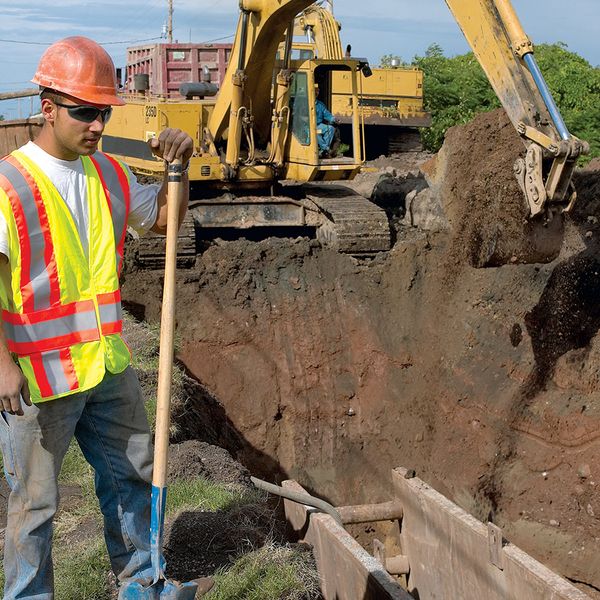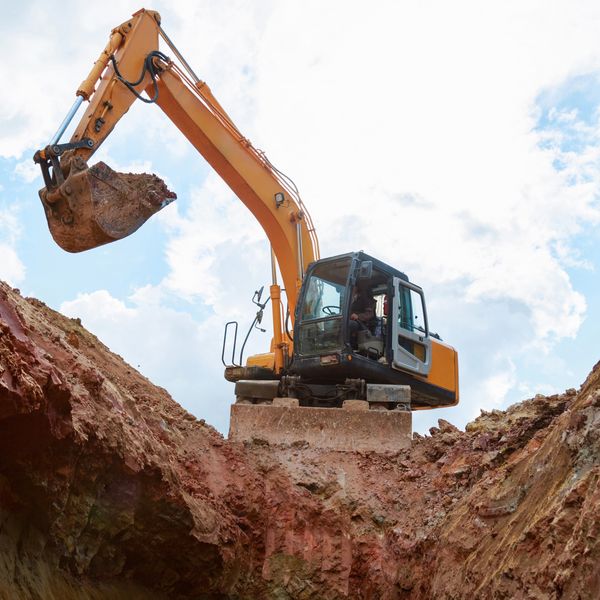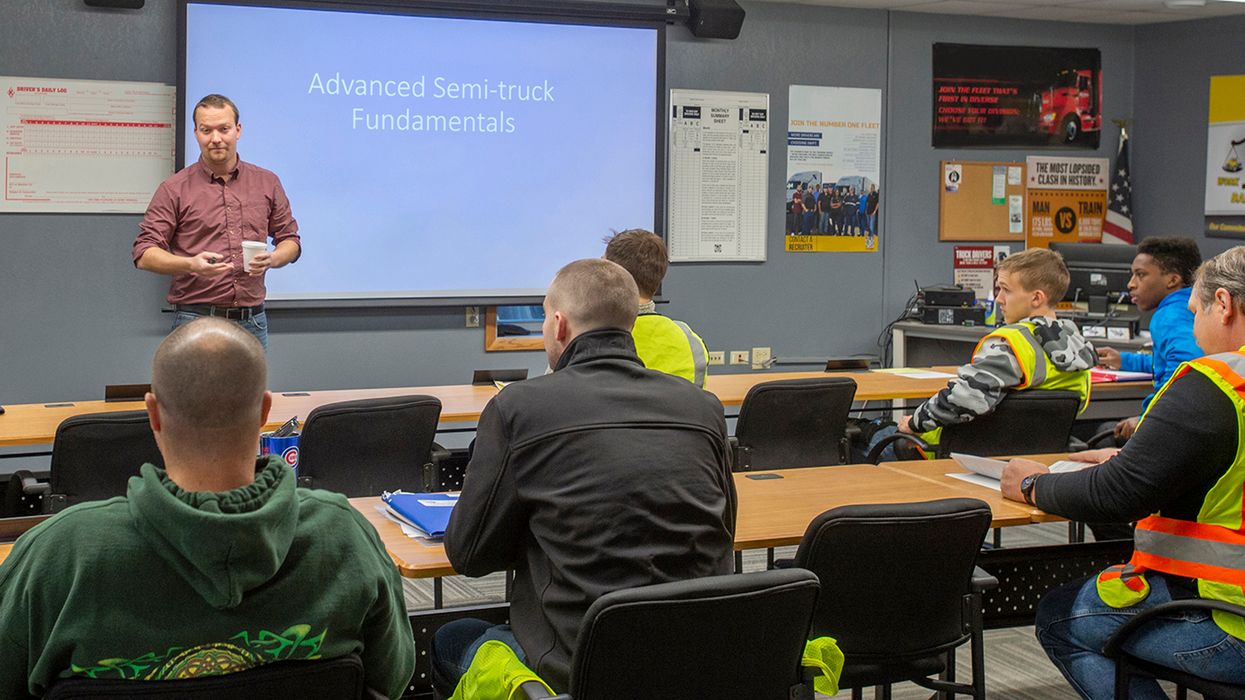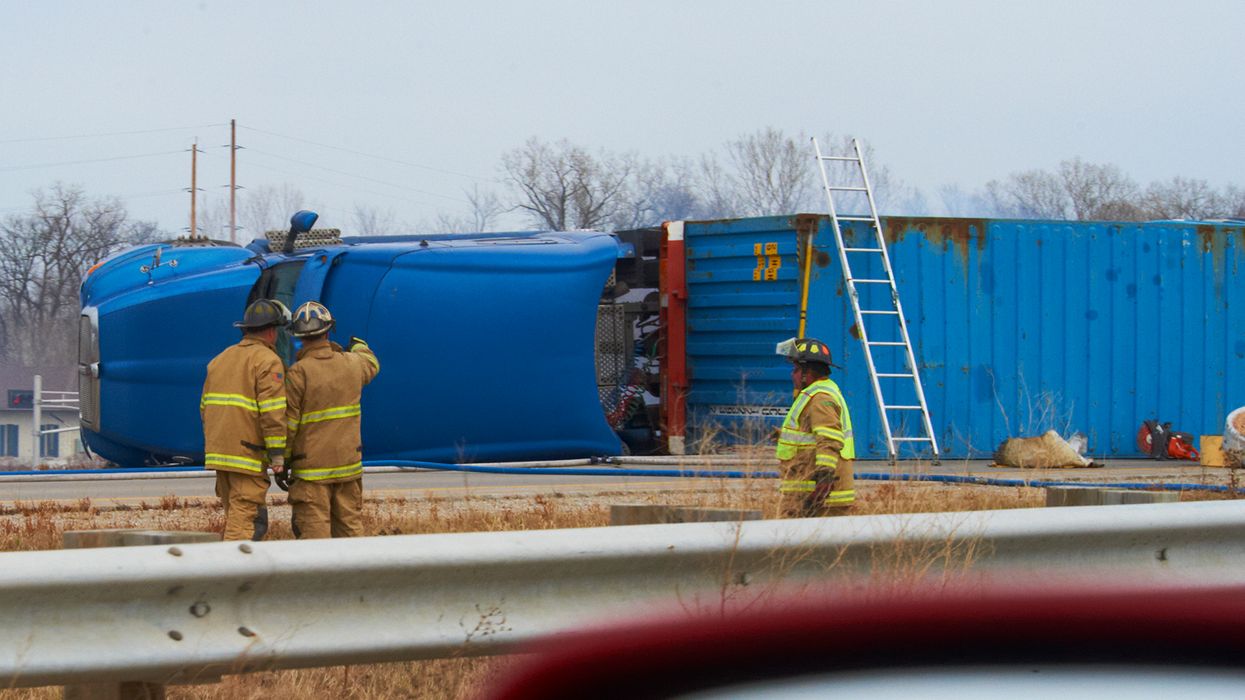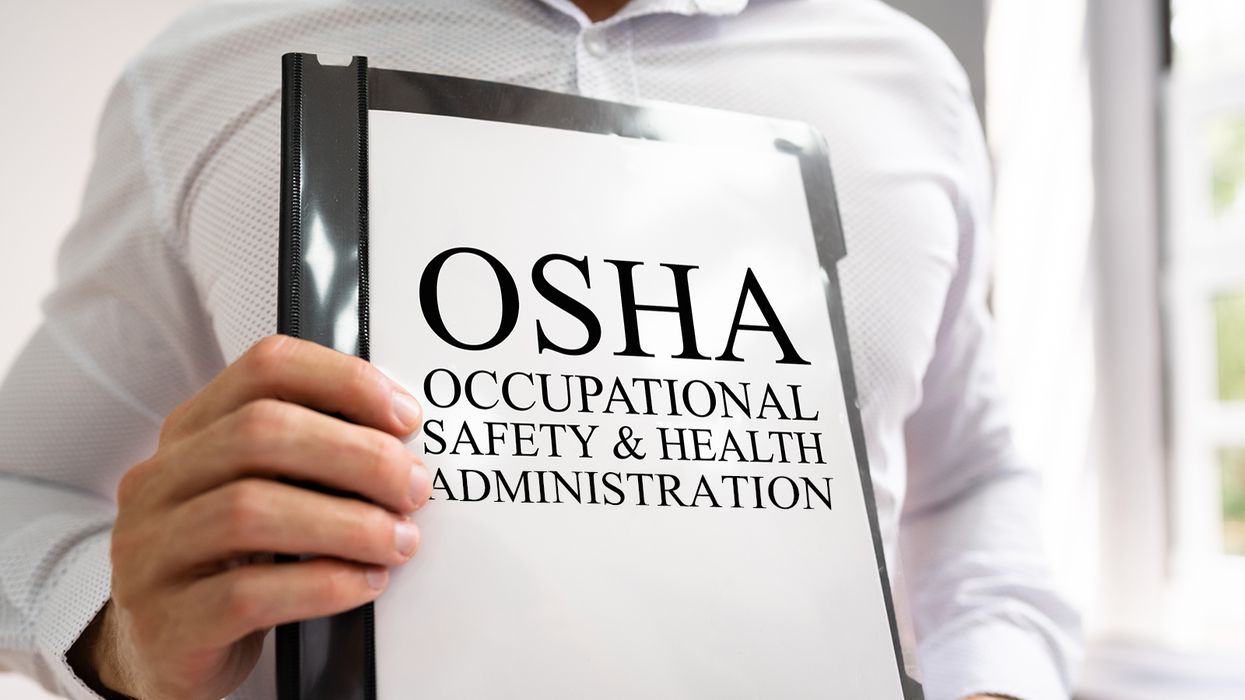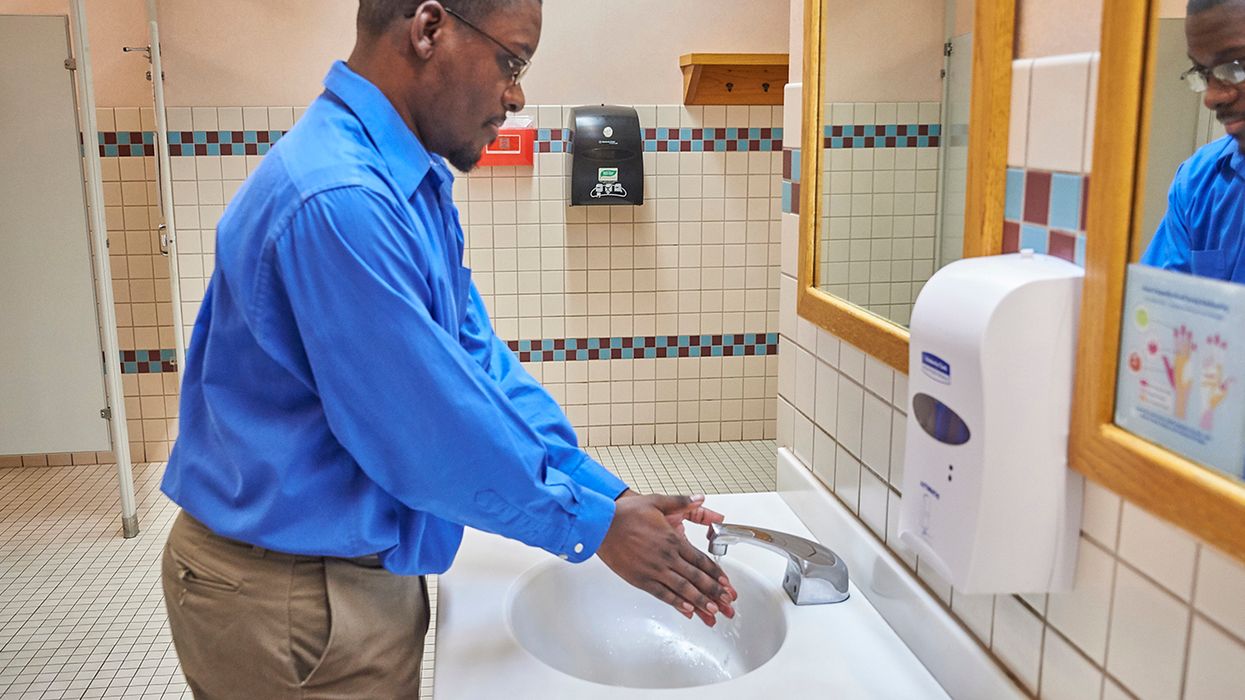Trench cave-ins can be prevented
Every year there are many deaths and lost work days per year from trenching accidents.
What does the competent person look for?
According to OSHA, a jobsite’s competent person must inspect all excavations each day for evidence of a situation that could result in:
- Possible cave-ins.
- Indications of failure of protective systems.
- Hazardous atmospheres.
- Other hazardous conditions.
However, all workers working in trenches/excavations should know much of the same information the competent person does. Why? A sudden change could mean disaster for them and their fellow workers.
What are unsafe conditions?
Some of the things that could cause an immediate change at an excavation site are:
- A bulldozer or excavator coming too close to a trench could cause a surcharge (overloading) and stress cracks at or near the edge of the trench.
- A sudden downpour could fill the trench or cause rain-soaked soil to give way.
- Accidentally striking an underground utility line with a tool could present immediate electrocution or hazardous atmosphere hazard.
These are just a few sudden incidents that need immediate attention and decision-making. That’s why the OSHA rules require jobsites to train workers in recognizing and avoiding unsafe conditions, the regulations applicable to the work environment, and to control or eliminate any hazards or other exposure to illness or injury.
What does OSHA’s regulation cover?
OSHA’s excavation rules apply to all open excavations made on the earth’s surface, including trenches. The regulation is in the construction standards at 1926.650-.652 and covers:
Scope and application—The rule applies to all open excavations on the earth’s surface. Excavations are defined to include trenches.
Specific excavation requirements—To include surface hazards, underground utilities, getting in and out of the excavation, traffic hazards, hazardous atmospheres, emergency rescue, inspections, and fall protection.
Requirements for protective systems—The rule says each worker in an excavation must be protected from cave-ins by an adequate protective system designed per the OSHA regulations for:
- Sloping and benching systems, or
- Support, shield, and other protective systems.
Exceptions would be when:
- Excavations are made entirely in stable rock; or
- Excavations are less than five feet deep, and examination of the ground by a competent person does not indicate a potential cave-in.
Excavations are one of the most dangerous places in construction work. Workers’ knowledge of the hazards and a constant vigil could make a life or death difference.




